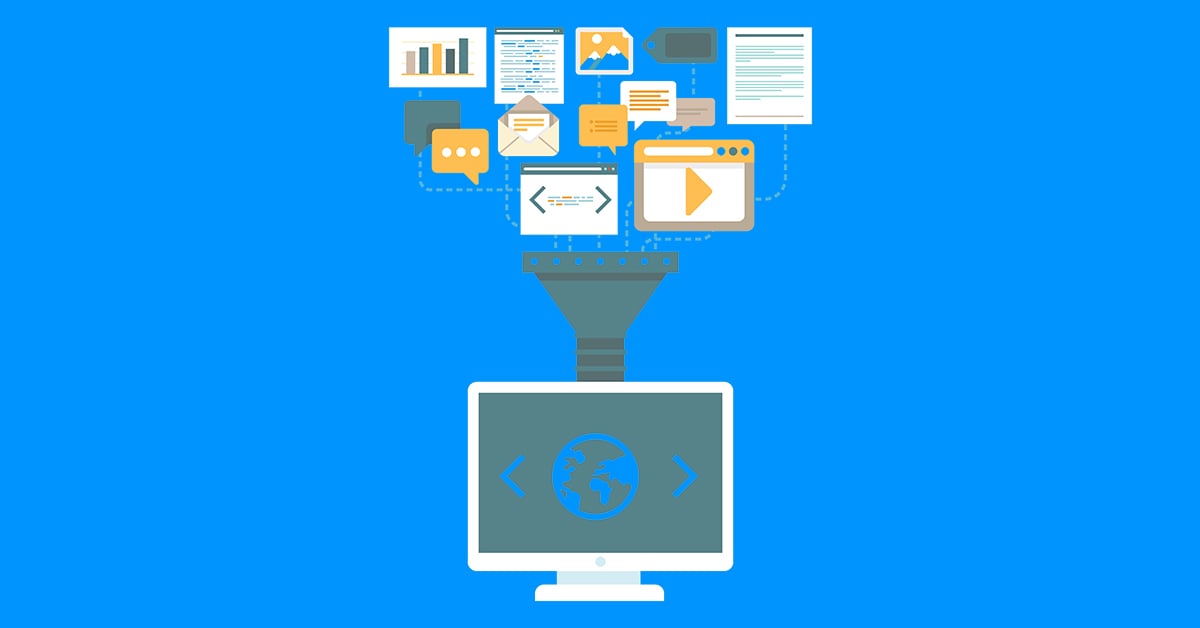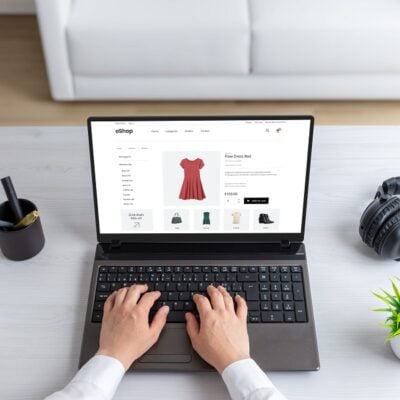I have good news and bad news.
First, the bad news. A goldfish has an attention span of 9 seconds. The average adult has an attention span of 8 seconds.
Yes, goldfish have officially surpassed humans with their ability to focus. But who can blame them? Goldfish don’t have all the cool distractions we have, like smartphones, text messaging, Facebook, Snapchat, Instagram, Wikipedia, and juicy celeb gossip sites.
Congratulations! If you have made it this far, you can out-focus a goldfish, and there’s still hope for you. I will reward you with the good news!
People check their phones an average of 150 times a day. Office workers check their email an average of 30 times an hour. Google users perform an average of 100 billion searches per month.
How is this good news? If you are a business owner with any kind of web presence, someone is very likely to find you in our online and mobile-centric world. This awesome news does, however, come with a caveat, courtesy of the bad news we learned about first. People go online (a lot), but if they find themselves on your website, you have very little time to grab their attention. Not only does the website need to grab your customer’s attention, it also needs to convince the visitor to purchase your product or service.
Most of the time, a user will not visit your whole website—they will visit the one page they land on. The page the visitor lands on is called the landing page. Effective landing pages all share a couple of characteristics that I have decided to keep to myself.
Just kidding. I have a passion for making the Internet a better place and helping small businesses succeed online, and landing pages help with both of these goals.
Make sure each landing page on your website effectively grabs the attention of your visitors by answering each question below. Each second a user spends on your website is one second they are not on one of your competitor’s websites.
1. Who Are You?
Your business name, purpose, and personality should be prominently displayed on each landing page. You might think you’re good with just a “Contact Us” page, but that contact information does little if the user does not visit that page.
Are you a local or a national company? If you are a local company, do visitors understand that easily and immediately? Do you have a local phone number displayed in the header? If you are a national company, do you have a toll-free number in the header? Is your service area, local or national, apparent?
What’s the personality of your business? Are you family oriented? Are you edgy? Are you fun? Are you the consummate professional? Both the content and colors of your website should reflect the personality of your business.
For example, imagine a dentist who has positioned herself as a high-quality yet affordable dental solution. Would a white and light blue color scheme or a black, orange, and neon green color scheme make more sense?
Now imagine a dentist who wants potential clients to see her office as a family-oriented company. What kind of images should she use? Pictures of medical equipment and doctors carry a different persona than images of patients and their families or images of the doctor’s families.
Explain who you are on your landing page by answering these questions:
- Are you local or national?
- What is your personality?
- What is your purpose?
You should also include relevant phone numbers, addresses, images, and colors.
2. What Do You Do?
Sometimes on landing pages, small business owners want to list every possible service they provide or area they service because they don’t want to lose any business when users don’t find the service they want. Unfortunately, if you load your landing pages with too much information, visitors can get overwhelmed and leave.
Think like your customer!
Each visitor comes to your website with a specific question, concern, or need. You should cater your landing pages to the mindset of your visitors. Instead of listing and covering all the services on one page, cover all of your services on specific pages.
If you are a plumber, create a page specific to heating needs, a page specific to cooling needs, a page specific to leaks, and so on.
An effective landing page will answer what you do by:
- Keeping pages specific to services or products
- Addressing customer’s questions and needs
Imagine that I am one of your visitors and I have a problem with a leaky kitchen faucet. The page I visit includes a long list of services. I’m only on your page for eight seconds, and during that time I didn’t find out if you can service my leaky faucet.
Now imagine that I have a leaky faucet, and I land on a page that reads, “Your local plumber who can fix all leaks.” Within eight seconds, I found out that you could help me.
3. Why You?
What makes you different from your competition?
You need to be unique in some way to receive the business of your visitor. Do you specialize in a certain service? Do you provide better quality? Is your product or service cheaper?
If you don’t clearly know and share what makes you different, then your visitor won’t know either.
Many business owners leave this simple question unanswered. Don’t stop at explaining what you offer and who you are. Go all the way and also explain why someone should choose you!
Above-the-Fold Content
The fold is the point on a website where a user scrolls down to see the rest of the page. The space above the fold is all of the real estate that a visitor would notice at a glance when he or she opens a web page. All of the elements I’ve talked about should be positioned above the fold, so they are readily available to your customers.
These tips will help you create effective landing pages. Comment with additional ideas on how to make effective landing pages or information that you could include in a website’s header.









